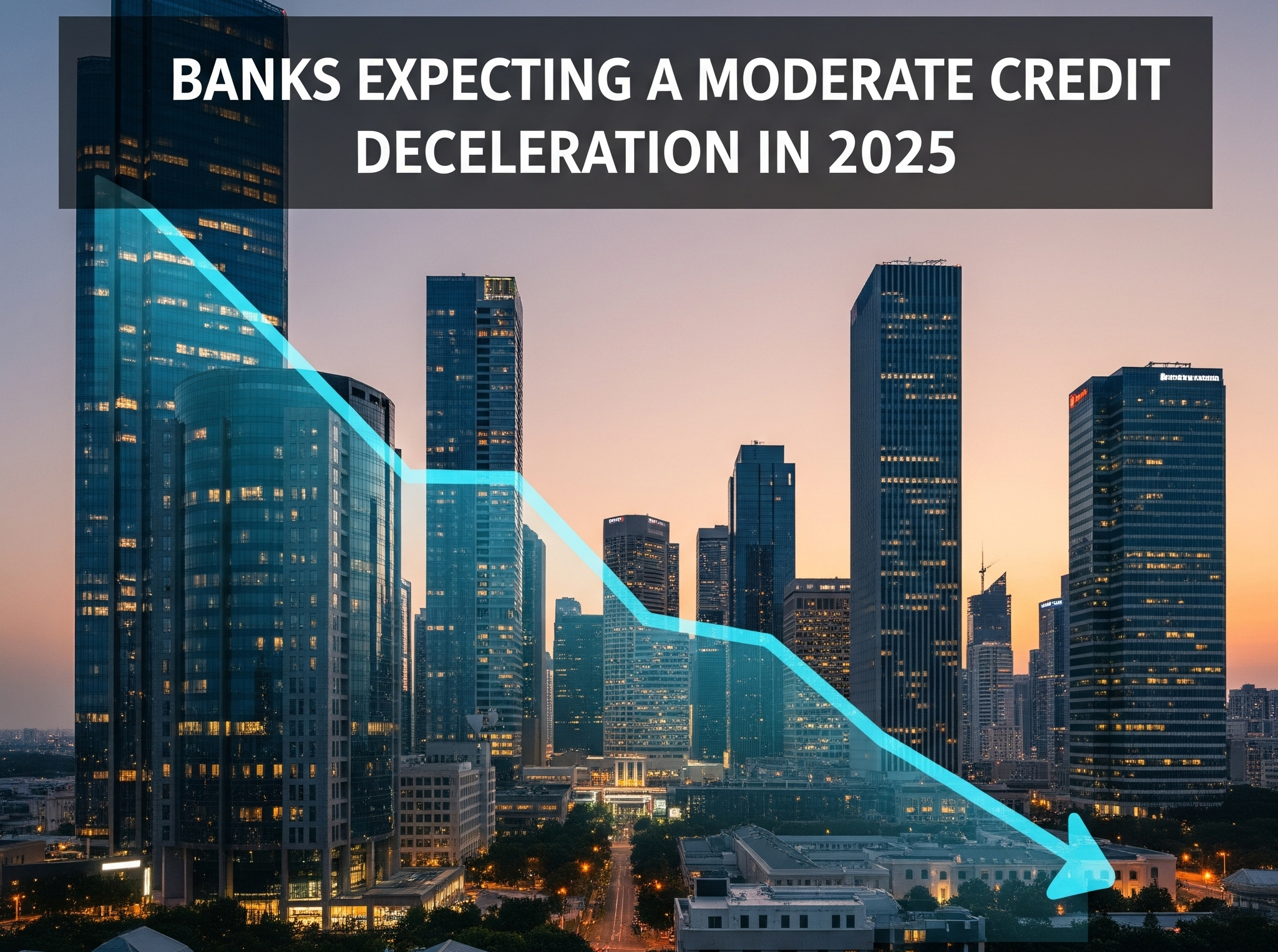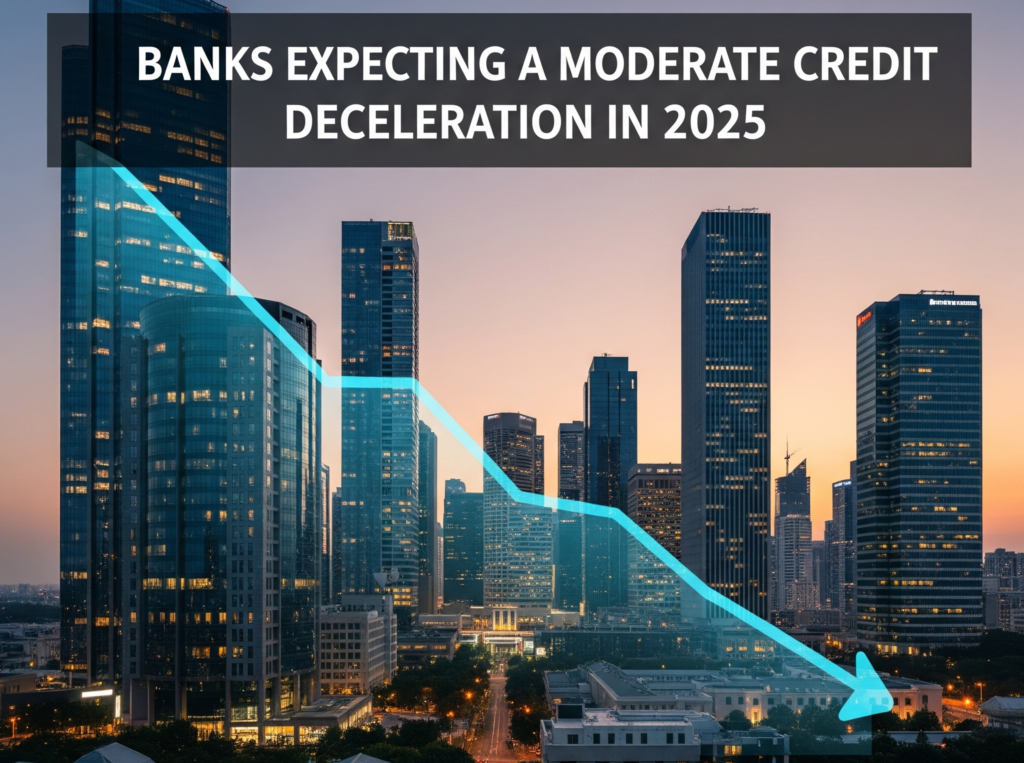
As economies around the world navigate the aftermath of the pandemic and prepare for the future, one trend remains clear: a cautious outlook on credit growth. Recent research indicates that the majority of banks anticipate a slowdown in credit expansion in 2025, but they expect this deceleration to be moderate rather than drastic. This nuanced view reflects a combination of cautious optimism, economic resilience, and ongoing regulatory adjustments. In this article, we delve into the factors influencing this outlook, what it means for consumers and businesses, and how banks are preparing for this anticipated shift.
The Global Context: Economic Recovery and Credit Dynamics
The global economy has shown remarkable resilience post-pandemic, with many countries experiencing robust growth in 2021 and 2022. However, as inflationary pressures mount and geopolitical tensions persist, economic growth has become more uncertain. Central banks worldwide, including the Federal Reserve, the European Central Bank, and others, have adopted tighter monetary policies to combat inflation, which directly influences credit availability and demand.
In such an environment, banks are cautious about lending, balancing the need to support economic activity with the imperative to maintain financial stability. The consensus among banking institutions, as revealed by recent surveys, is that credit growth will slow in 2025—a trend that aligns with broader economic forecasts.
Why Do Banks Expect a Deceleration?
Several key factors underpin the expectation of a moderated deceleration in credit:
- Economic Growth Stabilization: While growth remains positive, many economies are expected to transition from rapid expansion to a more sustainable, moderate pace. This slowdown naturally reduces the demand for new credit as businesses and consumers reassess their borrowing needs.
- Higher Borrowing Costs: Rising interest rates, implemented by central banks to curb inflation, make borrowing more expensive. This discourages excessive credit uptake and promotes more prudent lending and borrowing behaviors.
- Regulatory Tightening: Post-financial crisis regulations, such as increased capital requirements and stricter lending standards, continue to influence bank lending policies. These measures aim to prevent overheating of the credit markets and ensure financial stability.
- Consumer Debt Saturation: In many regions, consumer debt levels have reached historical highs. As borrowing capacity becomes more constrained, further rapid increases in consumer credit are unlikely.
- Technological and Risk Management Advancements: Banks are leveraging advanced analytics and AI-driven risk assessments, leading to more cautious credit approvals, especially in uncertain economic environments.
The Role of Digital Transformation and Fintech
The rise of fintech companies and digital banking platforms has transformed the credit landscape. These innovations have made borrowing more accessible and faster for consumers and small businesses, often with more flexible terms. However, during periods of economic uncertainty, banks tend to tighten their lending criteria, and fintechs are no exception.
Interestingly, the integration of technology also enables banks to better assess risk, potentially preventing over-lending and contributing to a more moderate credit growth trajectory. This synergy of innovation and prudence is likely to shape the credit market in 2025, with many banks aiming for sustainable growth rather than aggressive expansion.
Impact on Consumers and Businesses
A moderate deceleration in credit growth has nuanced implications:
- Consumers: Borrowing for major purchases like homes, cars, and education may become slightly more challenging, with higher interest rates and stricter eligibility criteria. However, the slowdown is expected to be contained, ensuring that credit remains accessible for those with solid credit profiles.
- Businesses: Companies seeking financing for expansion or operational needs might face tighter credit conditions. Nonetheless, banks are likely to continue supporting healthy, creditworthy enterprises, especially those with strong financials and growth prospects.
- Housing Market: Real estate markets tend to be sensitive to credit conditions. A moderate slowdown could temper housing price increases, leading to a more balanced market and potentially higher mortgage rates.
Regional Variations: Not All Markets Are Equal
While the overarching expectation is for a contained slowdown, regional differences are noteworthy. Emerging markets, with their dynamic growth and expanding middle class, might experience different credit patterns compared to developed economies.
For instance, countries with stable political environments and sound financial systems may see only a slight deceleration, maintaining steady credit flows. Conversely, regions facing economic or political instability might experience more pronounced credit tightening.
Strategic Responses from Banks
To navigate the anticipated environment in 2025, banks are adopting several strategic measures:
- Enhanced Risk Management: Utilizing data analytics and AI to better assess borrower creditworthiness and mitigate potential defaults.
- Product Innovation: Developing new lending products tailored to changing consumer needs and market conditions, such as green loans or flexible repayment plans.
- Digital Expansion: Investing in digital channels to streamline lending processes, improve customer experience, and reach underserved markets.
- Sustainability Focus: Aligning credit policies with environmental, social, and governance (ESG) criteria, reflecting a broader shift towards responsible banking.
The Future Outlook: Caution, Not Contraction
While the research underscores a cautious outlook for credit growth in 2025, it is crucial to understand that this is not synonymous with a contraction. Instead, most banks aim for a balanced approach—moderate deceleration aligned with sustainable economic growth.
This strategic stance benefits all stakeholders: consumers, who can plan their finances with greater certainty; businesses, which can access credit on predictable terms; and banks, which can maintain financial stability and profitability.
Conclusion
The consensus among banks worldwide points to a contained slowdown in credit expansion in 2025. Driven by a combination of economic stabilization efforts, regulatory measures, technological advancements, and cautious lending policies, this deceleration reflects a prudent approach to sustaining growth without risking overheating.
For consumers and businesses, this environment emphasizes the importance of maintaining healthy financial profiles and staying informed about changing credit conditions. As the banking sector adapts to these dynamics, the focus remains on fostering sustainable growth, balancing opportunity with stability.
In essence, while the pace of credit growth may decrease, the overall outlook remains positive, provided all parties remain vigilant and adaptable to evolving economic realities. The year 2025 promises a landscape of cautious optimism, where prudent lending supports a resilient and balanced economic future.
